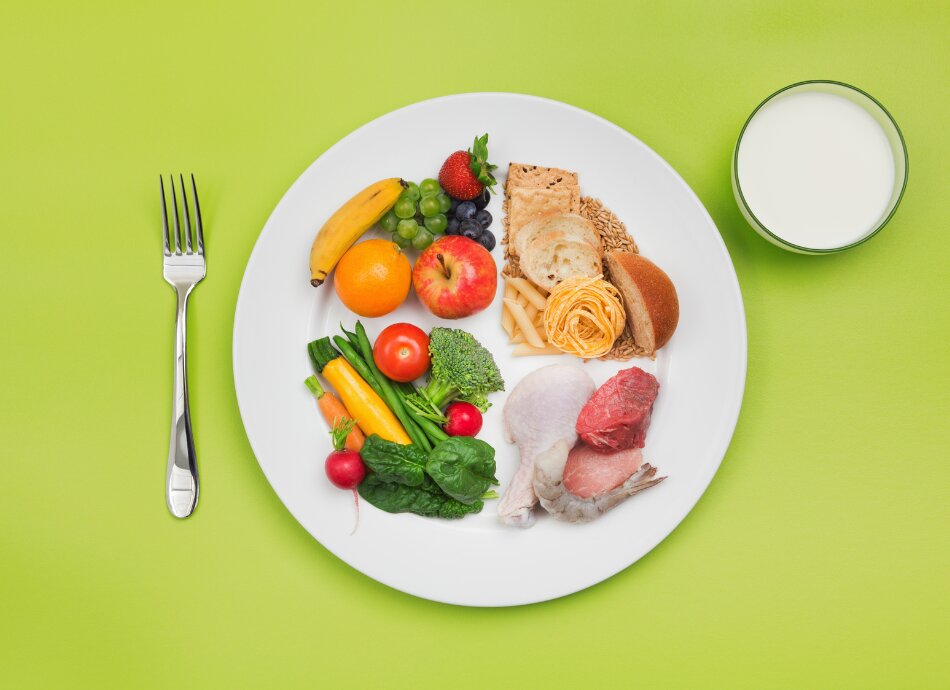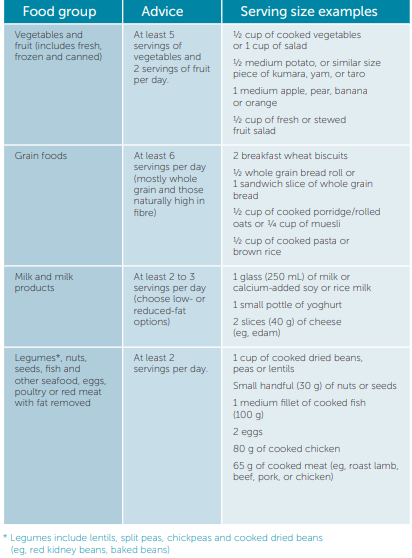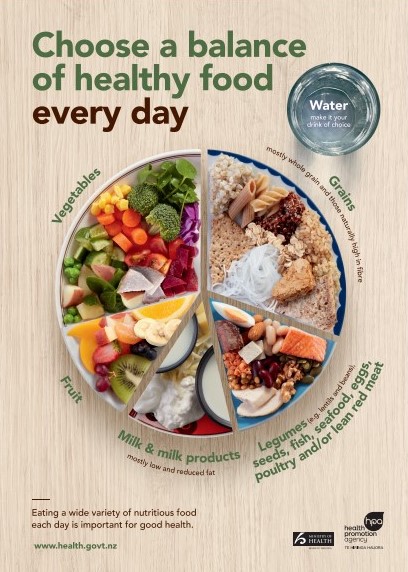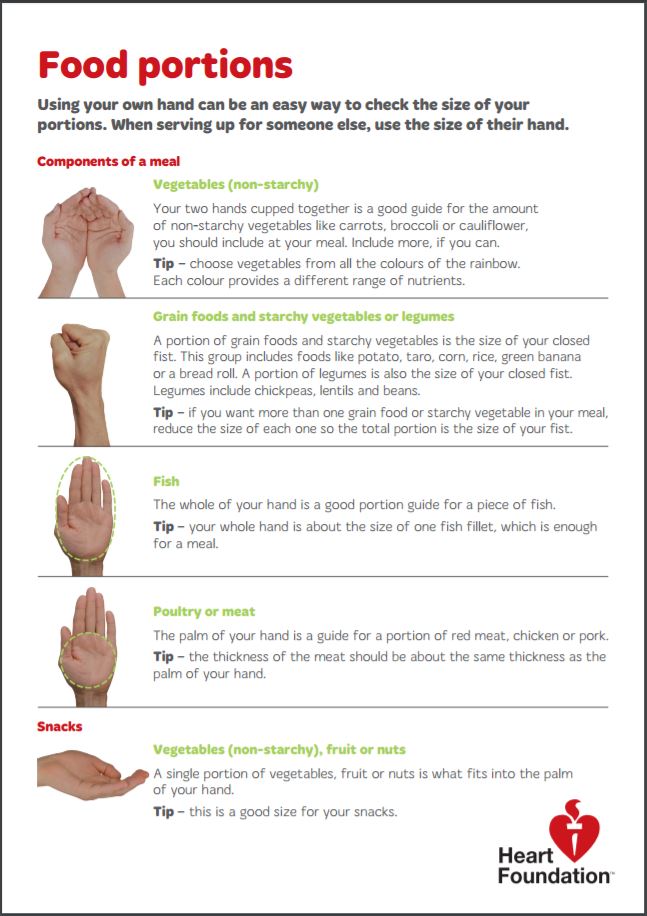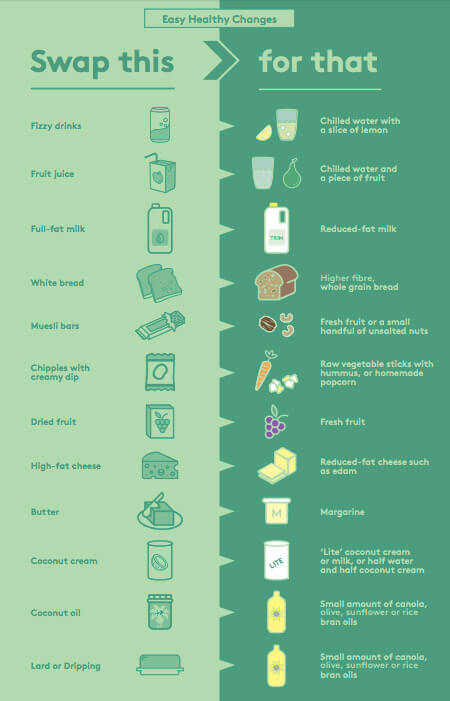What you eat and the way you cook your food can affect your overall health and wellbeing. Unhealthy food choices, not enough physical activity and obesity can increase the risk of health conditions such as diabetes, high cholesterol, high blood pressure, heart disease and a range of cancers.
Plan your meals and snacks (if you need these) ahead of time so you don’t end up having to buy food when you’re out that's not a healthy option. Once you’ve planned meals for one week you can make slight changes for the following weeks to make sure you have variety.
Make plain water your first choice over other drinks. If you drink alcohol, keep your intake low and don't drink it if you are pregnant.
Choose and/or prepare foods and drinks:
- with unsaturated fat (eg, canola oil, olive oil, margarine) instead of saturated fat (eg, butter, cream, coconut oil)
- that are low in salt (sodium)
- with little or no added sugar
- that are mostly ‘whole’ and less processed.
Prepare, cook and store food in a way that ensures it is safe to eat.


